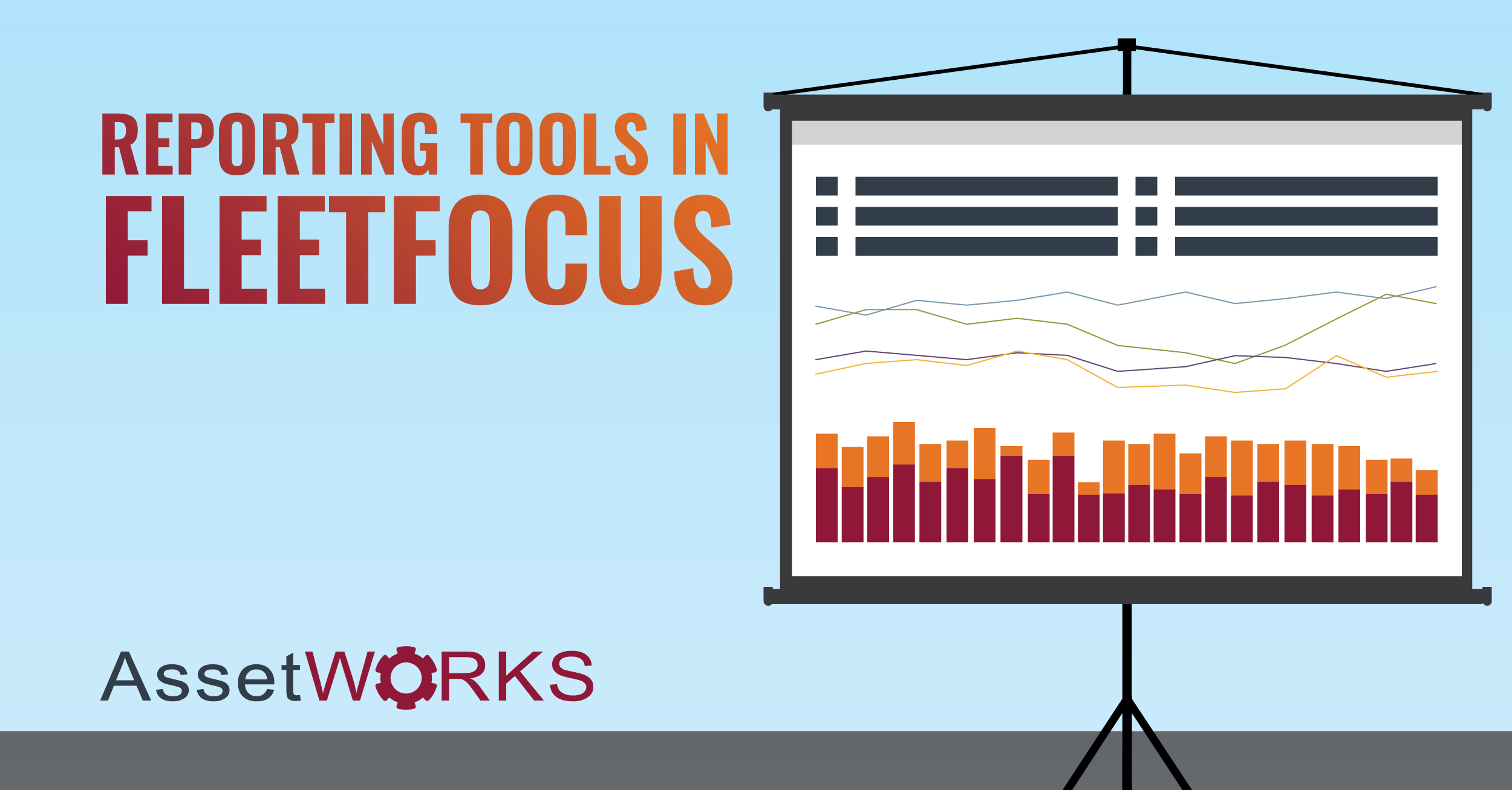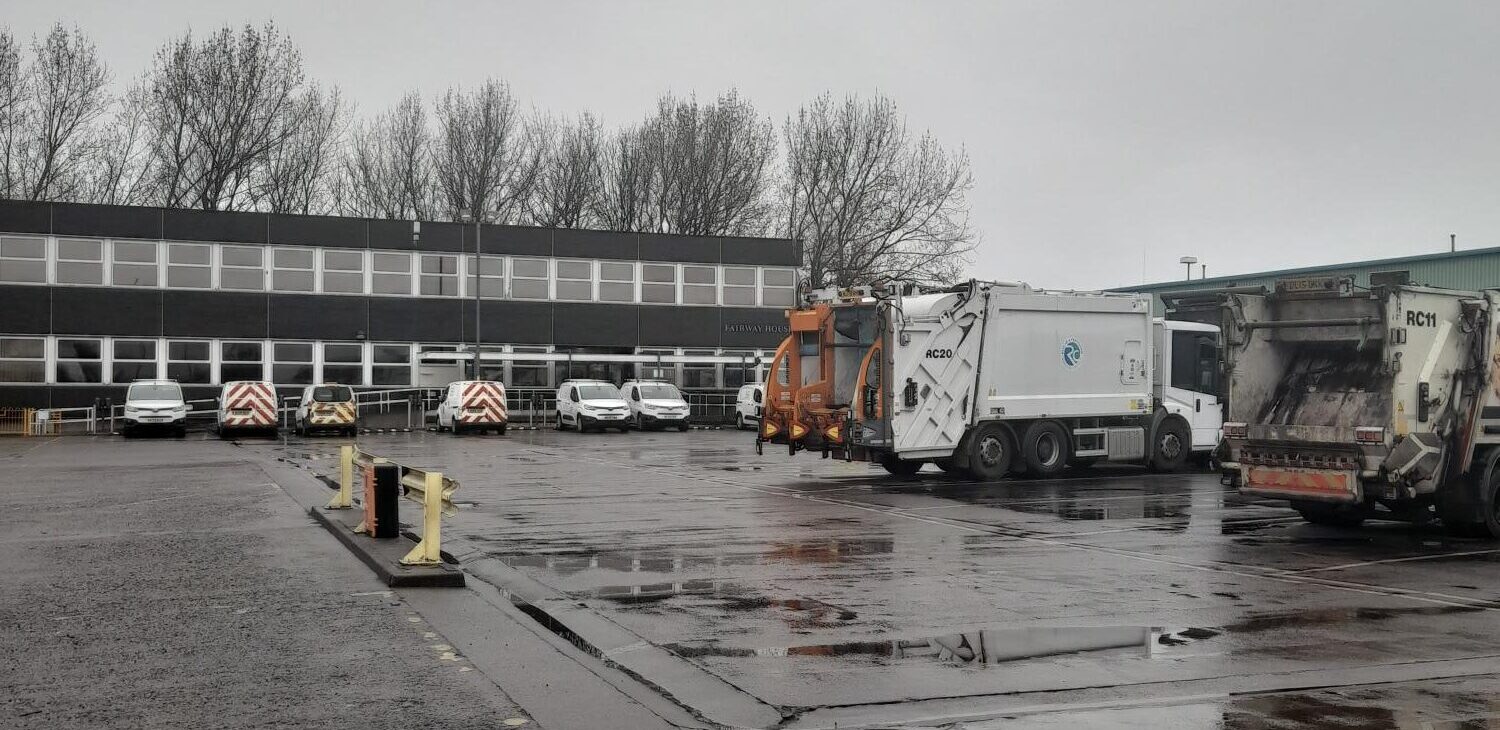How NYC Fleet Uses Business Intelligence to Tackle Fleet Traffic Crashes with Vision Zero
New York City is known as the city that never sleeps, and no one seems to take that reputation more seriously than Mayor Bill de Blasio. After being sworn into office in January 2014, de Blasio took on one of the City’s most infamous killers: traffic. In 2013, the year before de Blasio was elected mayor, there were 183 pedestrians killed in traffic crashes, the highest number since 2003. De Blasio wanted the City to change the way it viewed these collisions and fatalities. “We no longer regard serious crashes as inevitable,” wrote de Blasio in an open letter to the City.
In order to combat these traffic-related deaths, de Blasio launched the Vision Zero Action Plan. This initiative called for action from citizens all over New York, from lawmakers and authorities in the traffic, transit and fleet industries to members of each borough and local community. “It is within our power to prevent tragedies on the streets,” wrote de Blasio.
When the City Fleet first wanted to improve the safety of their fleet operations, covered over 29,000 vehicles, they knew that they needed a highly accurate way to track collision metrics. The metrics tracked include citywide collisions by fleet agency, collisions with injuries, pedestrian injuries, fatalities, collisions by geographic location and collisions with both moving and non-moving objects. Other important fleet pieces tracked are internal, such as whether or not employees have completed defensive driving courses, state inspections, completed and overdue preventive maintenance, fleet roster and the installation of truck sideguards.
The City Fleet currently uses three forms of Business Intelligence (BI) offered within the FleetFocus fleet management application in order to help the Vision Zero initiative succeed:
Crystal Reports: Many factors go into keeping the City’s fleet operations safe, such as collision metrics, defensive driving course completions and preventive maintenance. FleetFocus’ weekly crystal reporting helps to accurately track and report on these factors.
The crystal reports used for fleet safety reporting as part of Vision Zero were custom-built for the fleet team in New York City. Crystal is a third party vendor embedded into FleetFocus’ M5 system, so when the City fleet team was launching its initiatives through Vision Zero, they approached the AssetWorks team in order to custom create crystal reports to match the program’s needs.
In these reports, there is a 3-level reporting model. Level 1 is either a pie or bar chart. Level 2 is a summary and Level 3 is a detailed column that displays the data summarised in levels 1 and 2. All three levels can be pulled into one report or kept separate with ease.
Dashboards- Fleet’s use of dashboards is also essential to tracking the factors necessary to keeping the fleet safe. Dashboards are used to display real-time information using a graphical gauge format. Fleet utilises several Emergency and Roadside dashboards in order to show various threshold points, such as breakdowns waiting for a tow, suspended road calls and vehicles awaiting an assignment. There are also several Parts Availability dashboards in use for keeping track of part quantities, order logs and which jobs or units are waiting on parts.
New York City has also leveraged dashboards as a workflow management tool in the completion and review of collision records by decentralized staff across the City.
Ad Hoc reporting- With FleetFocus’ ad hoc reporting feature, New York City Fleet creates multiple reports to show information in slightly different formats than the standard FleetFocus reporting library. This allows the fleet team to look at their information in new ways, so they can completely understand their data. The reports keep track of various information, from employees’ hours and collision-related work to the management of units for disposal.
According to the City, the launch of Vision Zero has already made the City fleet safer. “Thanks to Vision Zero, NYC Fleet has already reduced fatalities and injuries tied to fleet collisions,” reports NYC Chief Fleet Officer Keith Kerman, “And we’re building the foundation for even more progress ahead.”
With the help of citizens, lawmakers and transit-related industry leaders, some of NYC Vision Zero’s goals have already been reached, including the average speed limit in the City lowered to 25 mph, stricter speeding and dangerous driving enforcement and the passing of 12 safety-related bills.
With the help of FleetFocus‘ Business Intelligence reporting features, New York City Fleet is playing an important role in supporting this citywide safety effort.












